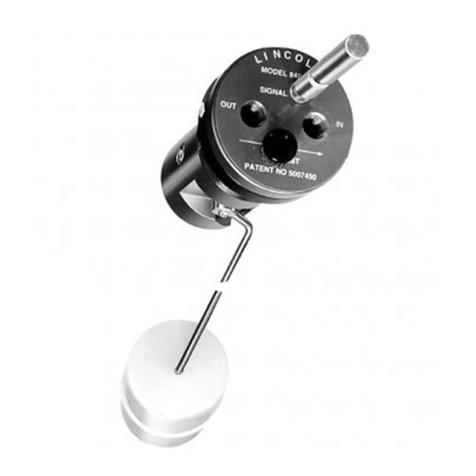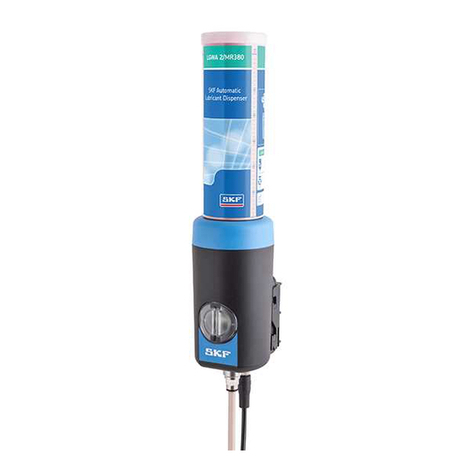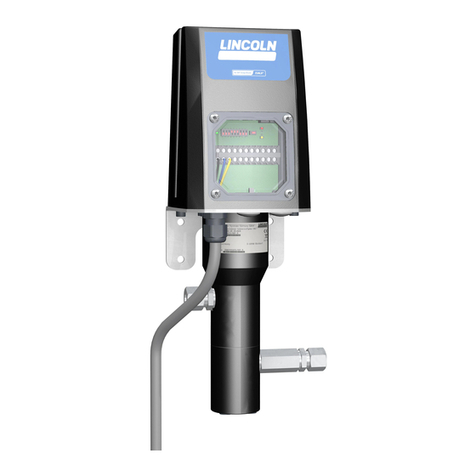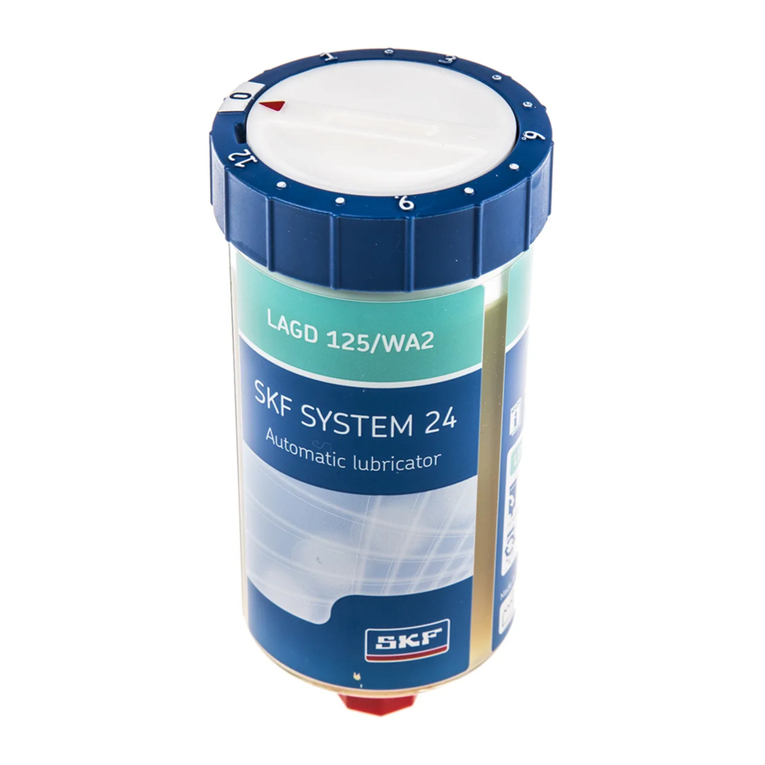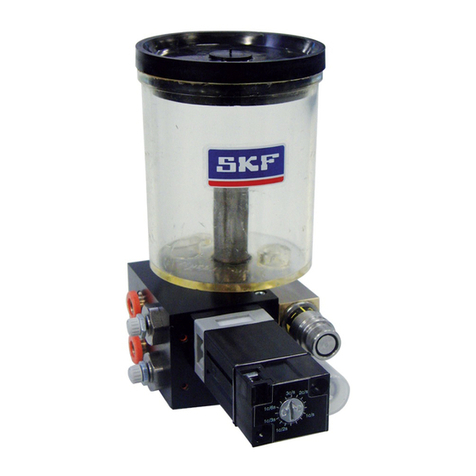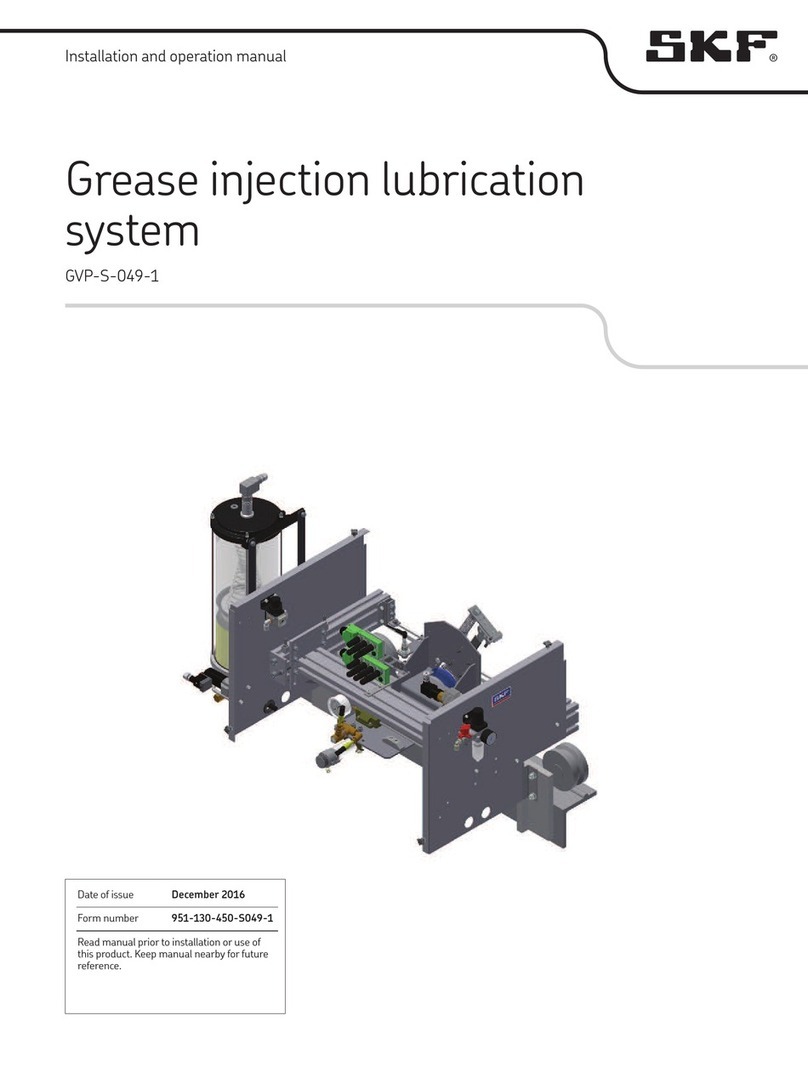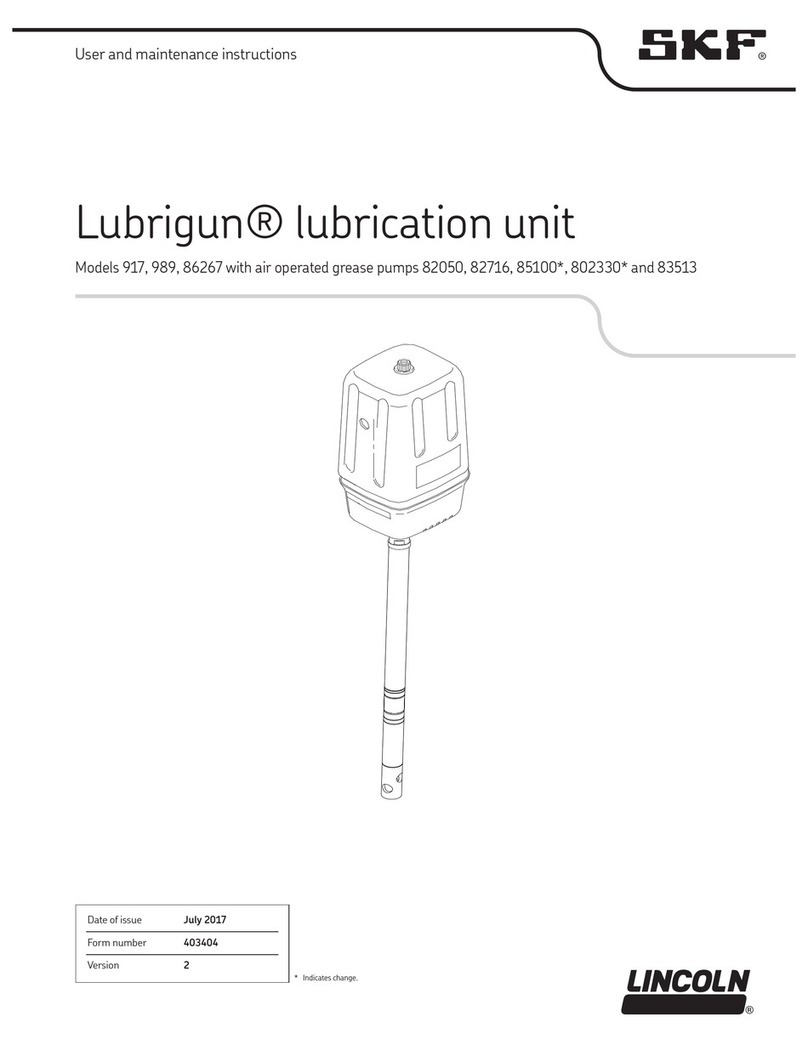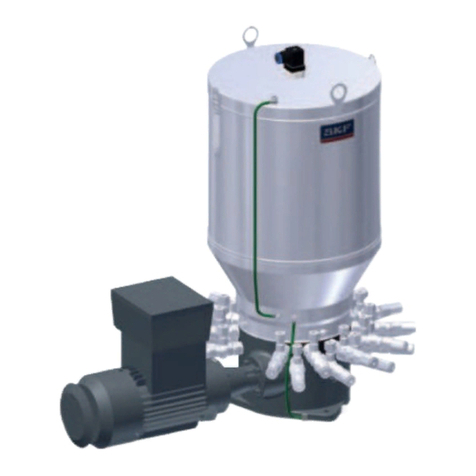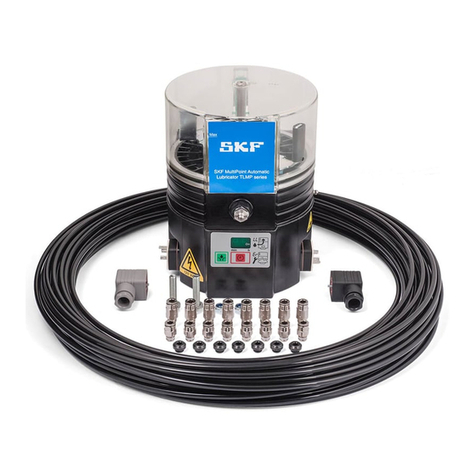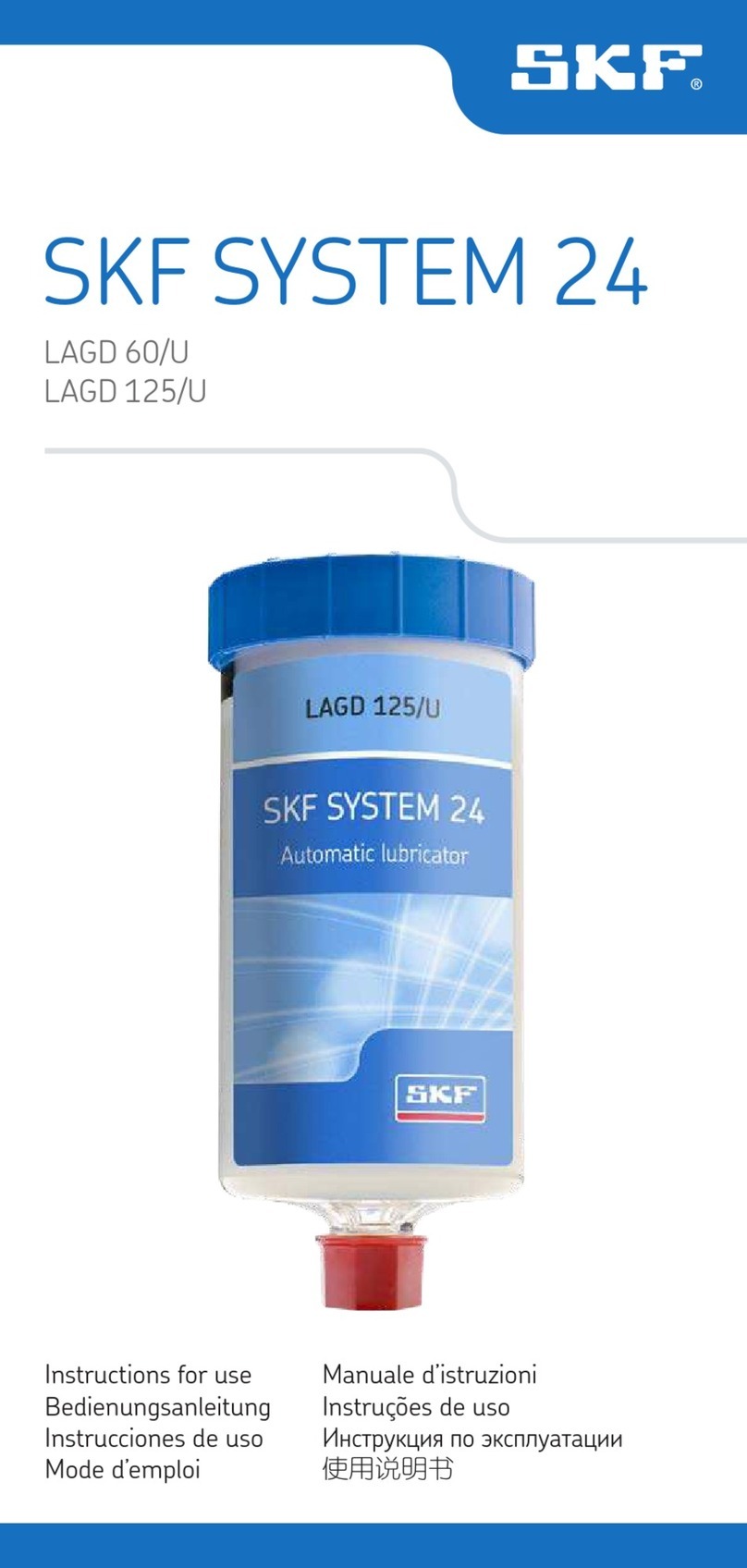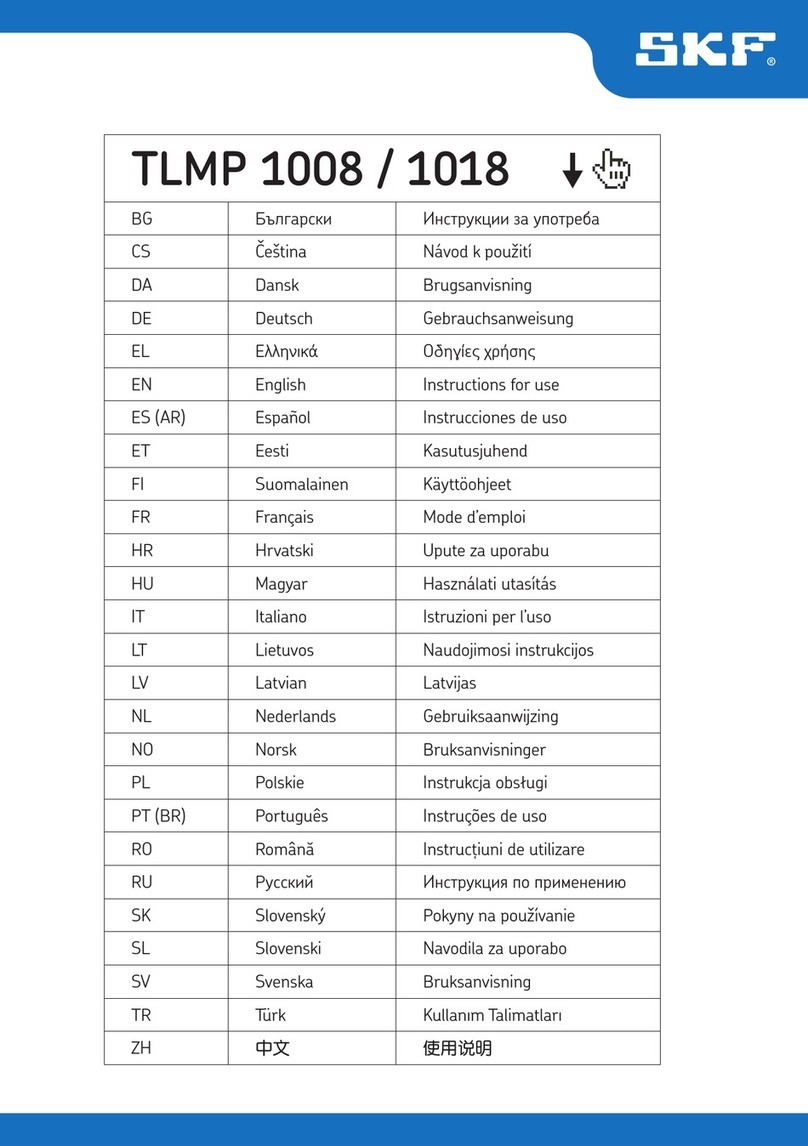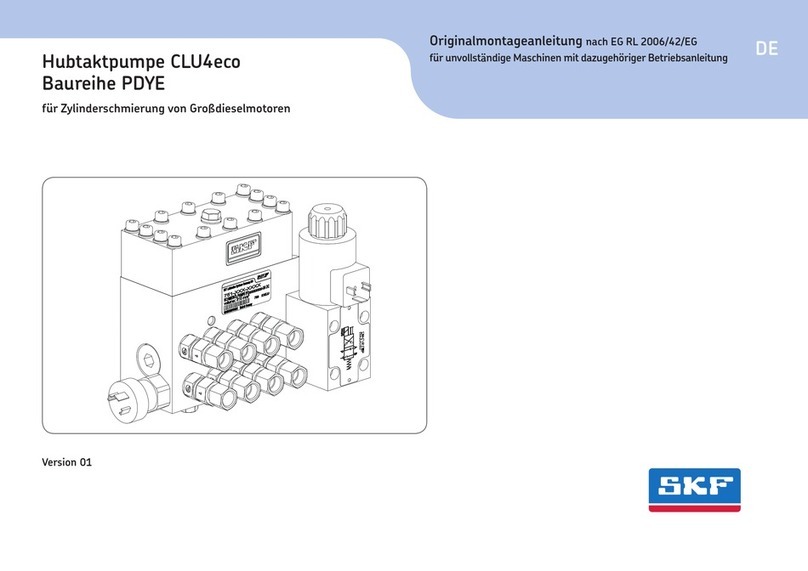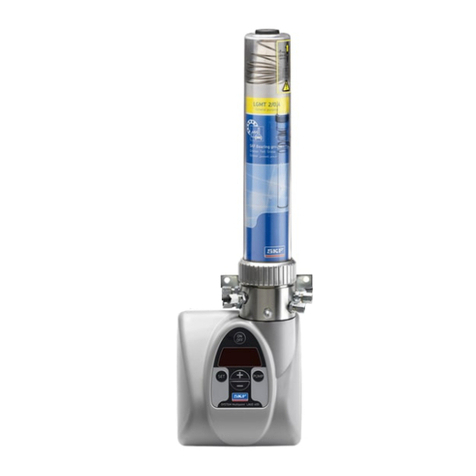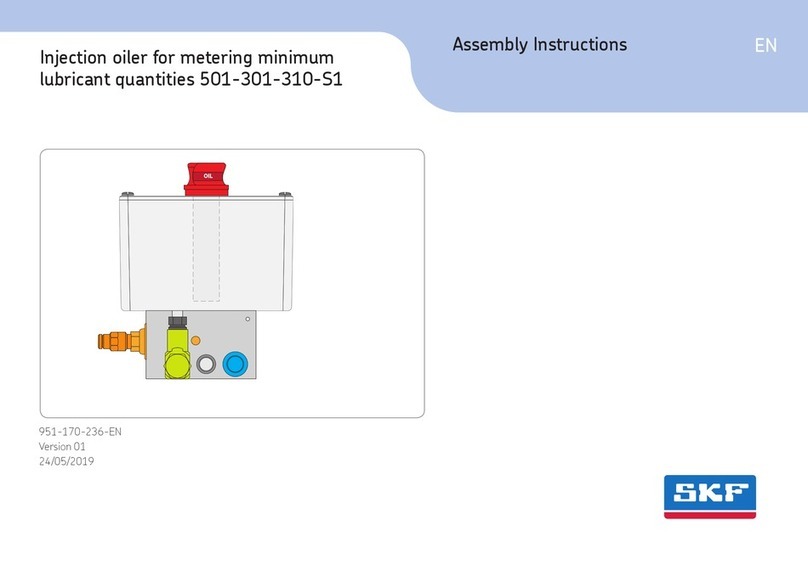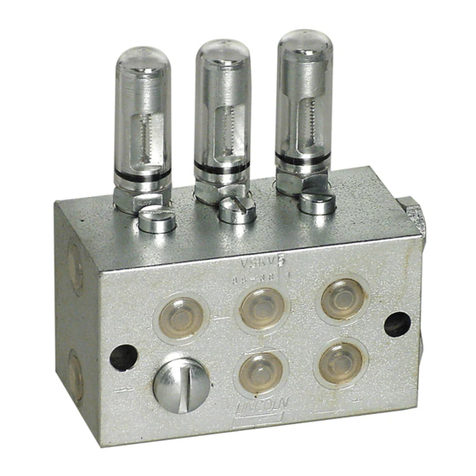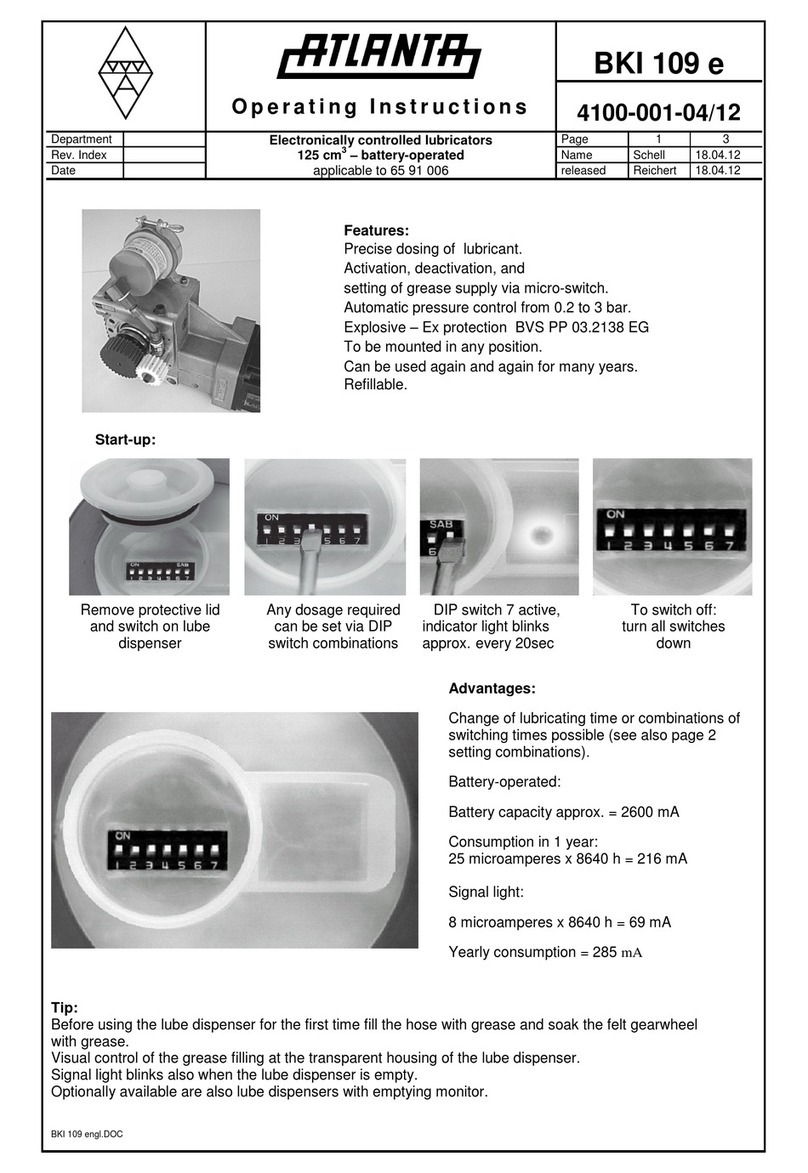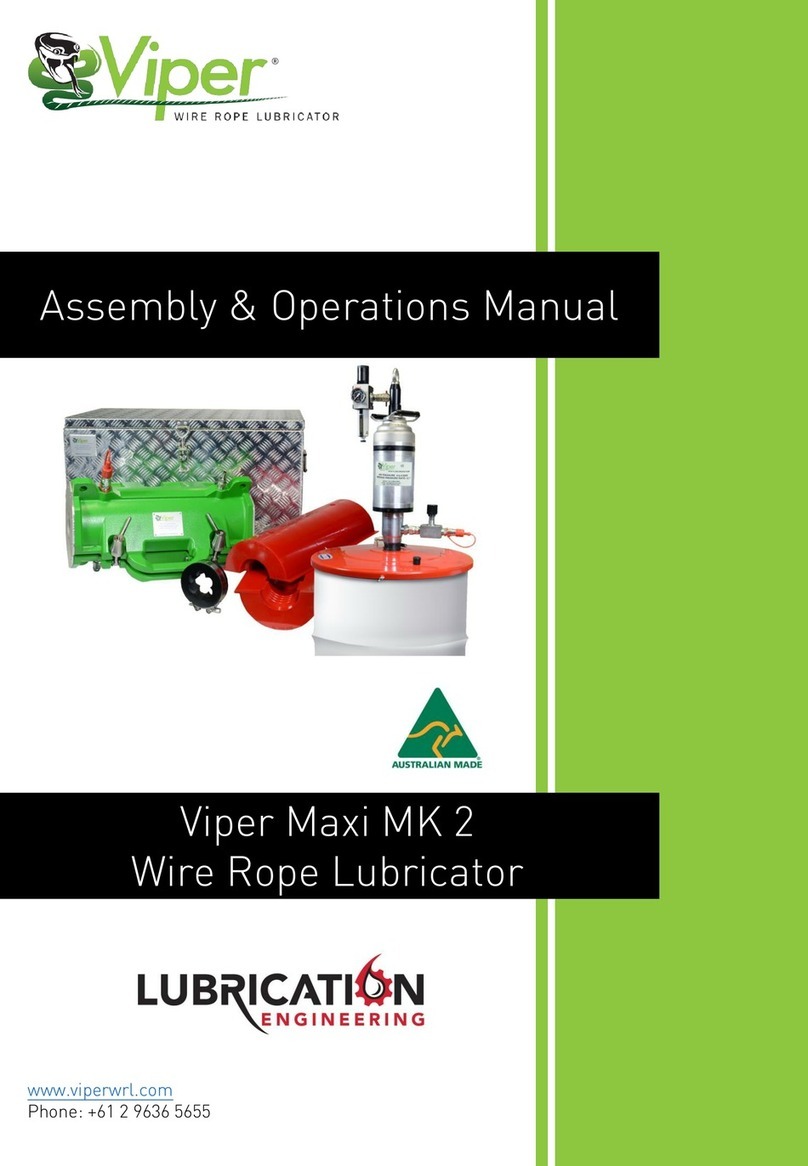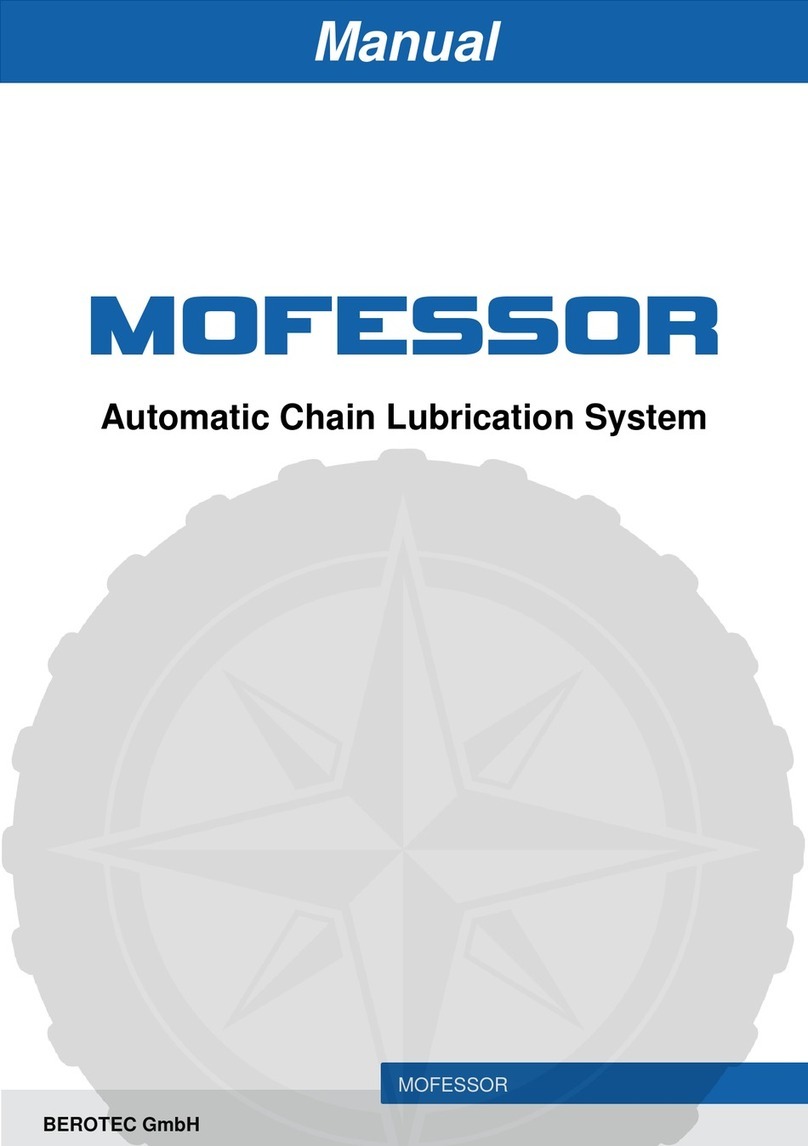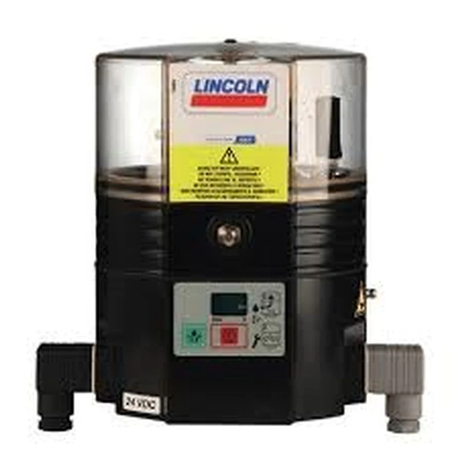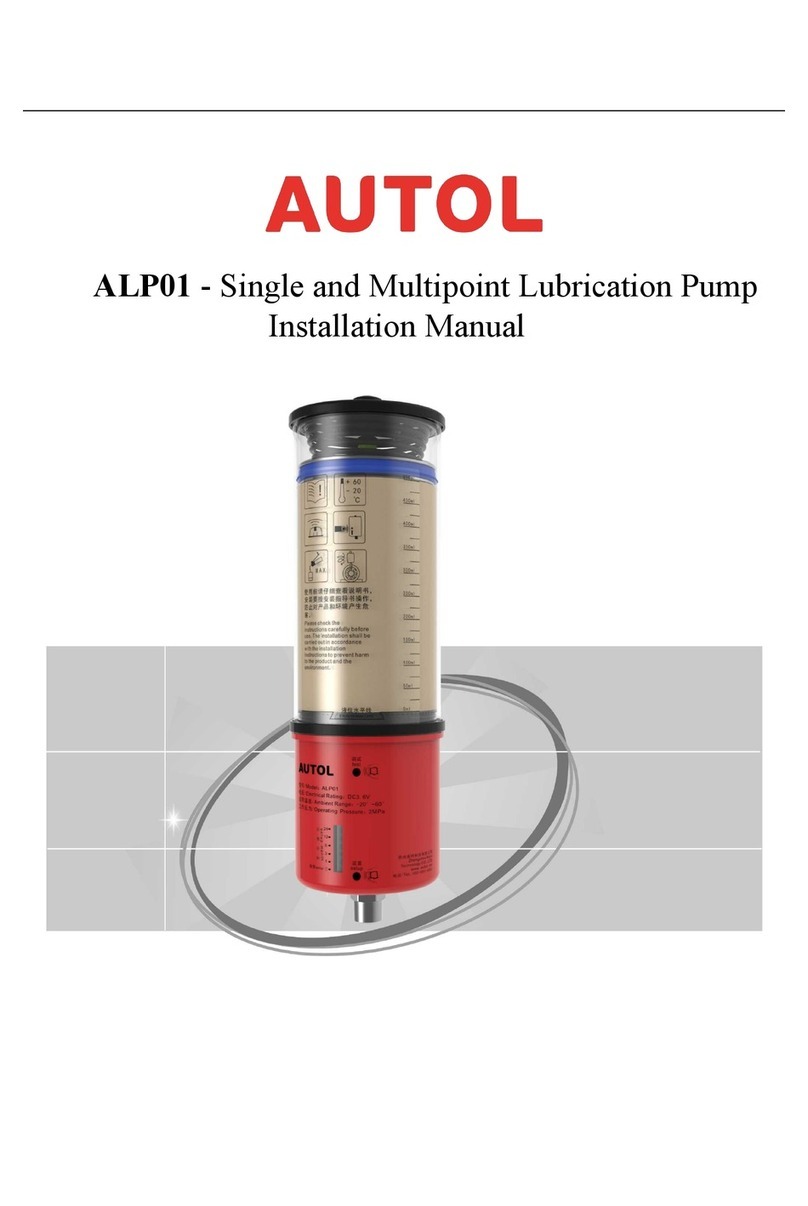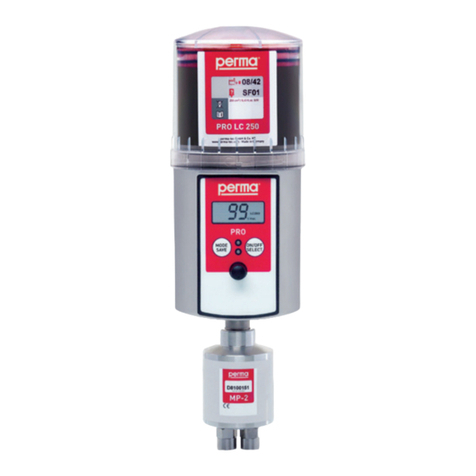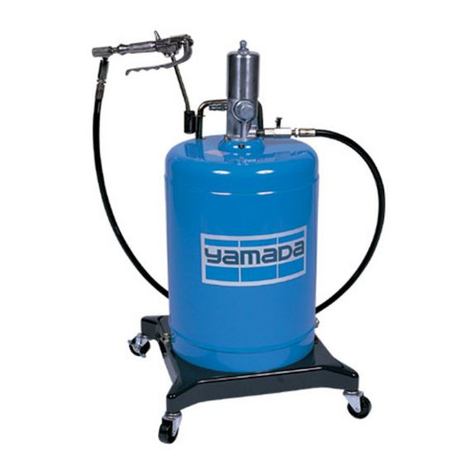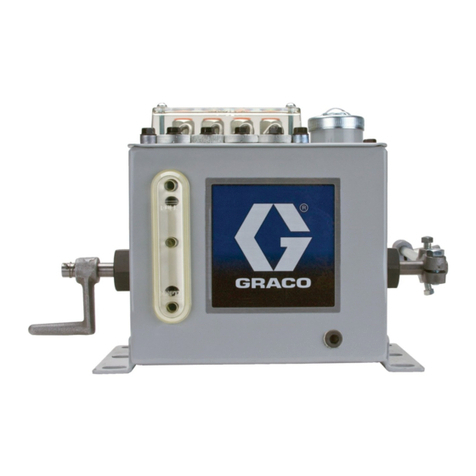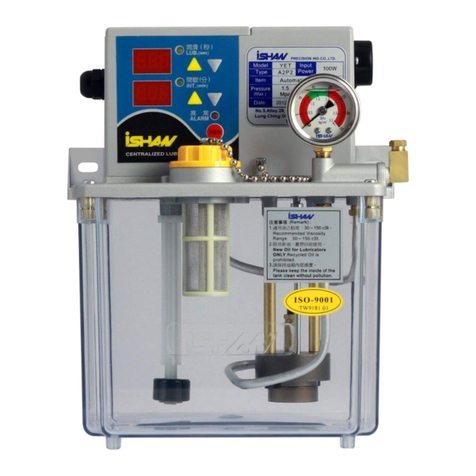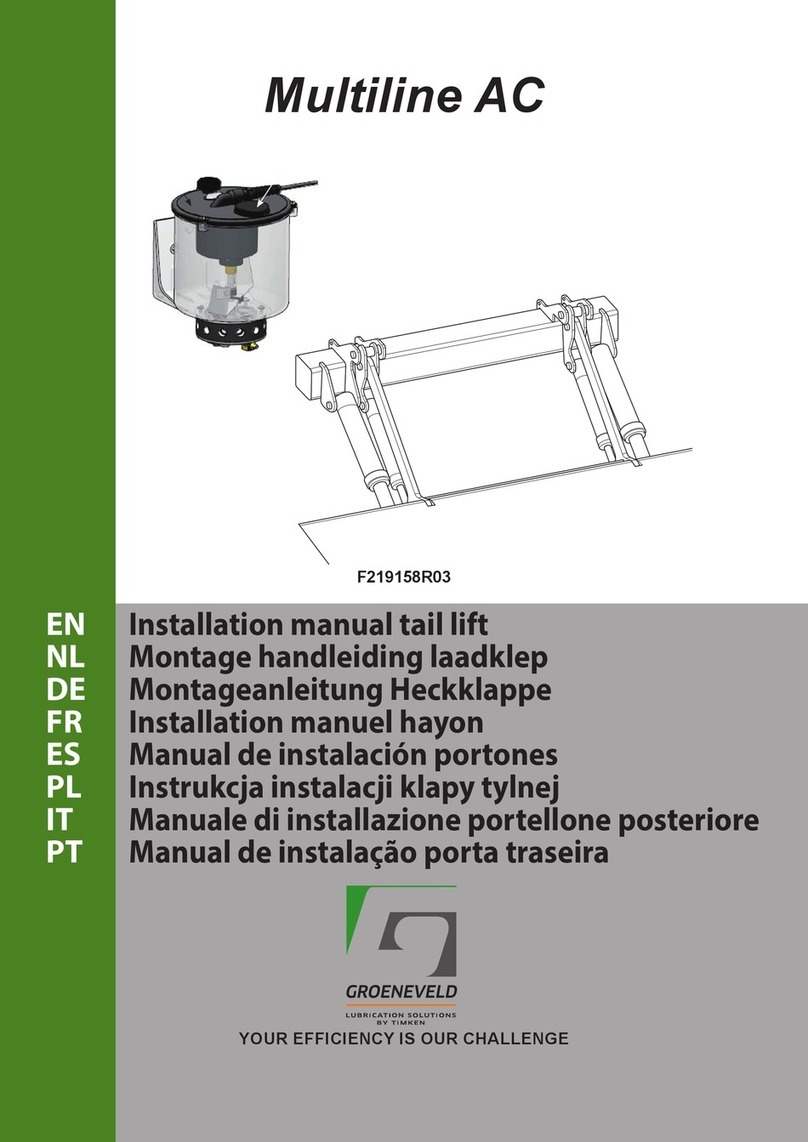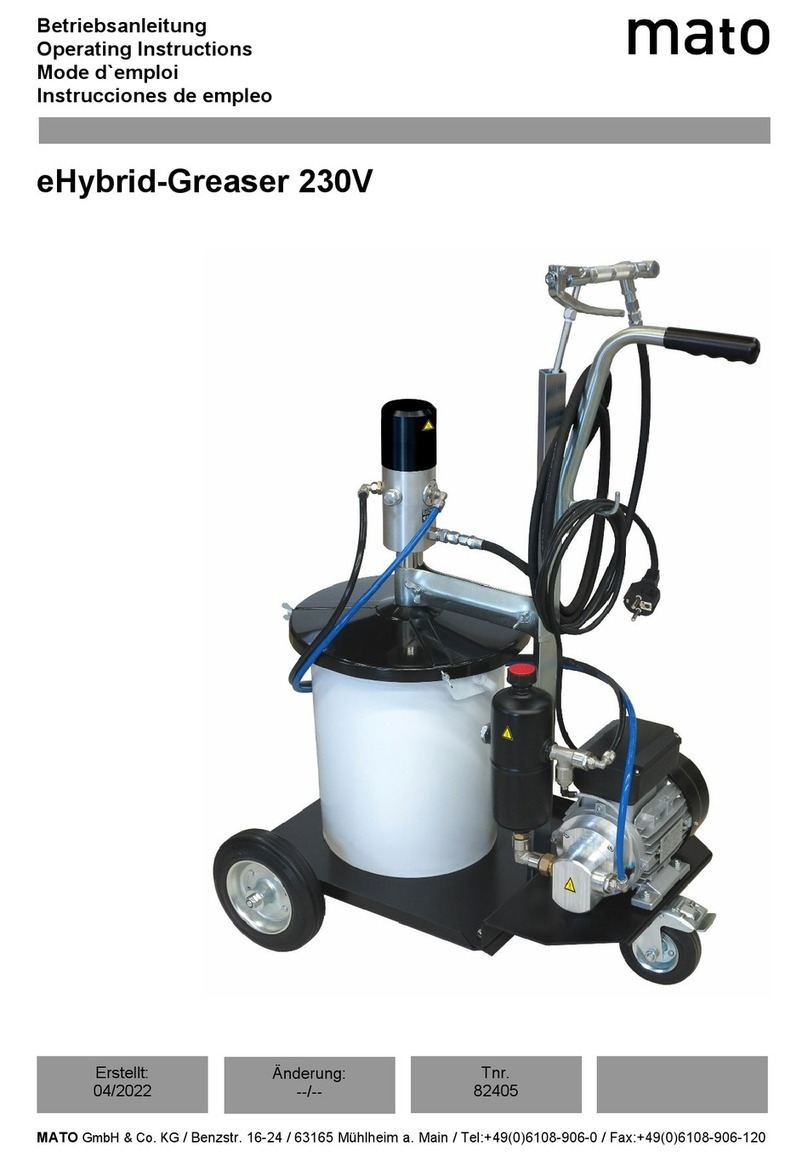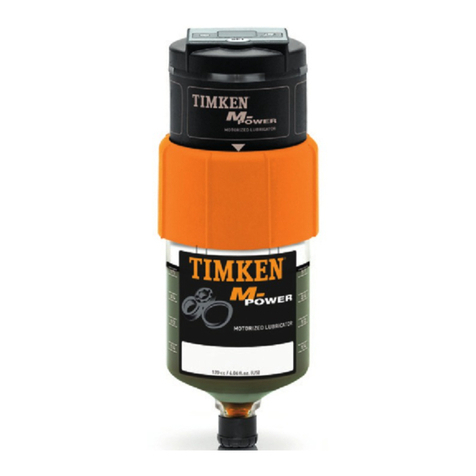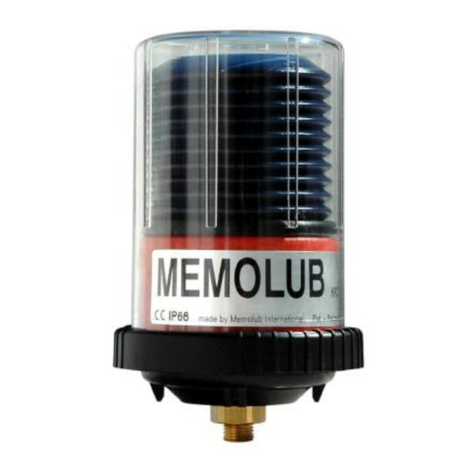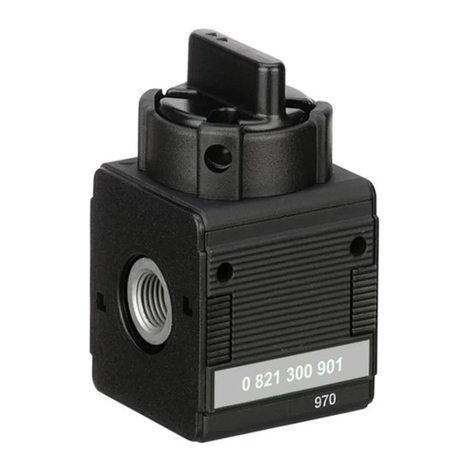- 4 -
951-171-028
Version 01
EN Table of contents
Table of contents
EC Declaration of incorporation acc. to machinery directive 2006/42/EC......2
Legal disclosure......................................................................................................3
Explanation of symbols, signs and abbreviations...............................................7
1. Safety instructions.........................................................................9
1.1 General safety instructions....................................................................9
1.2 General behaviour when handling the product...................................9
1.3 Intended use..........................................................................................10
1.4 Foreseeable misuse..............................................................................10
1.5 Modifications of the product................................................................10
1.6 Prohibition of certain activities............................................................10
1.7 Painting of plastic parts........................................................................10
1.8 Notes related to the CE marking .........................................................11
1.9 Inspections prior to delivery ................................................................11
1.10 Other applicable documents................................................................11
1.11 ADR test certificate...............................................................................11
1.12 Markings on the product......................................................................12
1.13 Notes related to the type identification plate.....................................12
1.13.1 ECE approval mark ...............................................................................12
1.14 Persons authorized to operate the pump ..........................................13
1.14.1 Operator.................................................................................................13
1.14.2 Specialist in mechanics ........................................................................13
1.14.3 Specialist in electrics ............................................................................13
1.15 Briefing of external technicians...........................................................13
1.16 Provision of personal protective equipment......................................13
1.17 Operation...............................................................................................13
1.18 Emergency stopping.............................................................................13
1.19 Transport, installation, maintenance, malfunctions, repair,
shutdown, disposal...............................................................................14
1.20 Initial commissioning / daily start-up.................................................15
1.21 Cleaning .................................................................................................15
1.22 Residual risks ........................................................................................16
2. Lubricants................................................................................... 17
2.1 General information .............................................................................17
2.2 Selection of lubricants..........................................................................17
2.3 Material compatibility...........................................................................17
2.4 Temperature characteristics................................................................17
2.5 Ageing of lubricants..............................................................................18
3. Overview, functional description ................................................ 19
3.1 Pumps without follower plate..............................................................19
4. Technical data ............................................................................. 25
4.1 General technical data..........................................................................25
4.2 Protection types and classes ...............................................................26
4.3 Hydraulic connection diagram ............................................................26
4.4 Nominal output volumes .....................................................................27
4.4.1 Influencing variables on the output volume ......................................27
4.4.2 Output diagrams of typical NLGI 2 lubricants....................................28
4.5 Overview of the reservoir variants......................................................29
4.6 Useable reservoir volume....................................................................30
4.7 Lubricant requirement for priming of an empty pump ....................31
4.8 Tightening torques ...............................................................................32
4.9 Possible settings of the lubrication times...........................................33
4.10 Type identification code........................................................................34

